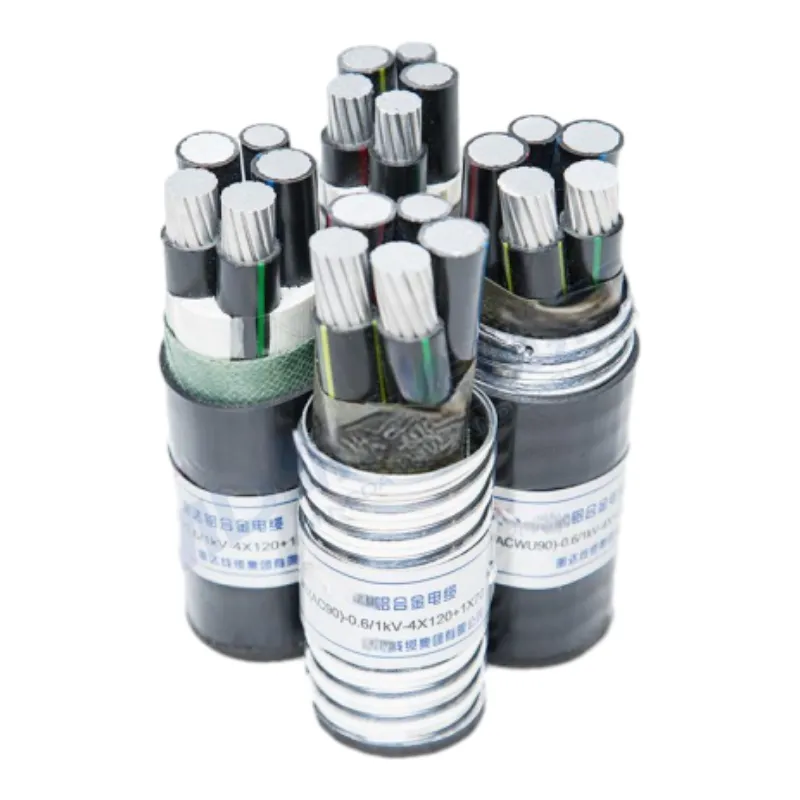നവം . 12, 2024 02:31 Back to list
sewage air release valve
Understanding Sewage Air Release Valves Importance and Functionality
Sewage air release valves are crucial components of wastewater management systems. They play a pivotal role in ensuring the efficient and safe transport of sewage through pipes and treatment facilities. In this article, we delve into the importance, functionality, and maintenance of sewage air release valves, highlighting their significance in modern sewage systems.
What Are Sewage Air Release Valves?
Sewage air release valves are specialized devices located at high points along the sewage pipeline. Their primary function is to release trapped air within the system. When sewage flows through pipelines, it can trap air in pockets, causing pressure build-ups and potential blockages. The air release valve acts as a safety mechanism, allowing air to escape, thereby preventing these potentially hazardous conditions.
The Functionality of Sewage Air Release Valves
The operation of sewage air release valves is relatively straightforward. When sewage flows through the pipe, any trapped air rises to the top, reaching the valve. The valve is designed to open automatically when it detects the presence of this air, allowing it to escape. Once the air is vented, and sewage rises to the valve level, it closes to prevent any sewage from leaking out.
These valves are typically constructed from durable, corrosion-resistant materials to withstand harsh wastewater conditions. Depending on the design, they can handle various operating pressures and flow rates, making them adaptable for different sewage systems.
Importance of Sewage Air Release Valves
1. Preventing System Failures One of the primary reasons for incorporating air release valves in sewage systems is to prevent pressure build-up. Excessive pressure can lead to pipe bursts, sewage backups, and costly repairs. By allowing air to escape, these valves maintain optimal pressure levels throughout the pipeline.
sewage air release valve

2. Enhancing Flow Efficiency Air pockets can significantly impede the flow of sewage. By effectively removing these pockets, air release valves enhance the overall efficiency of the sewage system, promoting smoother, uninterrupted flow.
3. Protecting the Environment By facilitating proper sewage flow and reducing the likelihood of spills or overflows, air release valves contribute to environmental protection. This is particularly important in urban areas where sewage systems are heavily relied upon to manage wastewater, preventing potentially hazardous discharges into the environment.
4. Reducing Odors Trapped air can lead to unpleasant odors emanating from sewage systems. By allowing the escape of gases and preventing stagnant air, air release valves help maintain a more pleasant environment for nearby communities.
Maintenance of Sewage Air Release Valves
Regular maintenance of sewage air release valves is essential to ensure their optimal functionality. This includes routine inspections to check for signs of wear, corrosion, or blockages. Maintenance staff should verify that valves open and close properly and do not become stuck due to debris accumulation.
In addition, it is vital to ensure that the valves are appropriately sized for the specific sewage system. Oversized or undersized valves can lead to ineffective operation, either failing to release sufficient air or allowing too much sewage to escape.
Conclusion
Sewage air release valves are integral components of wastewater management systems, ensuring the efficient and safe transport of sewage. Their role in pressure regulation, flow enhancement, environmental protection, and odor reduction cannot be overstated. Regular maintenance and proper installation of these valves are crucial for their effective operation, ultimately contributing to a healthier and more efficient sewage system. As our urban environments continue to grow, understanding and implementing effective sewage management systems, including air release valves, become increasingly essential for sustainable development.
Share
-
Reliable Wafer Type Butterfly Valves for Every IndustryNewsJul.25,2025
-
Reliable Flow Control Begins with the Right Ball Check ValveNewsJul.25,2025
-
Precision Flow Control Starts with Quality ValvesNewsJul.25,2025
-
Industrial Flow Control ReliabilityNewsJul.25,2025
-
Engineered for Efficiency Gate Valves That Power Industrial PerformanceNewsJul.25,2025
-
Empowering Infrastructure Through Quality ManufacturingNewsJul.25,2025


